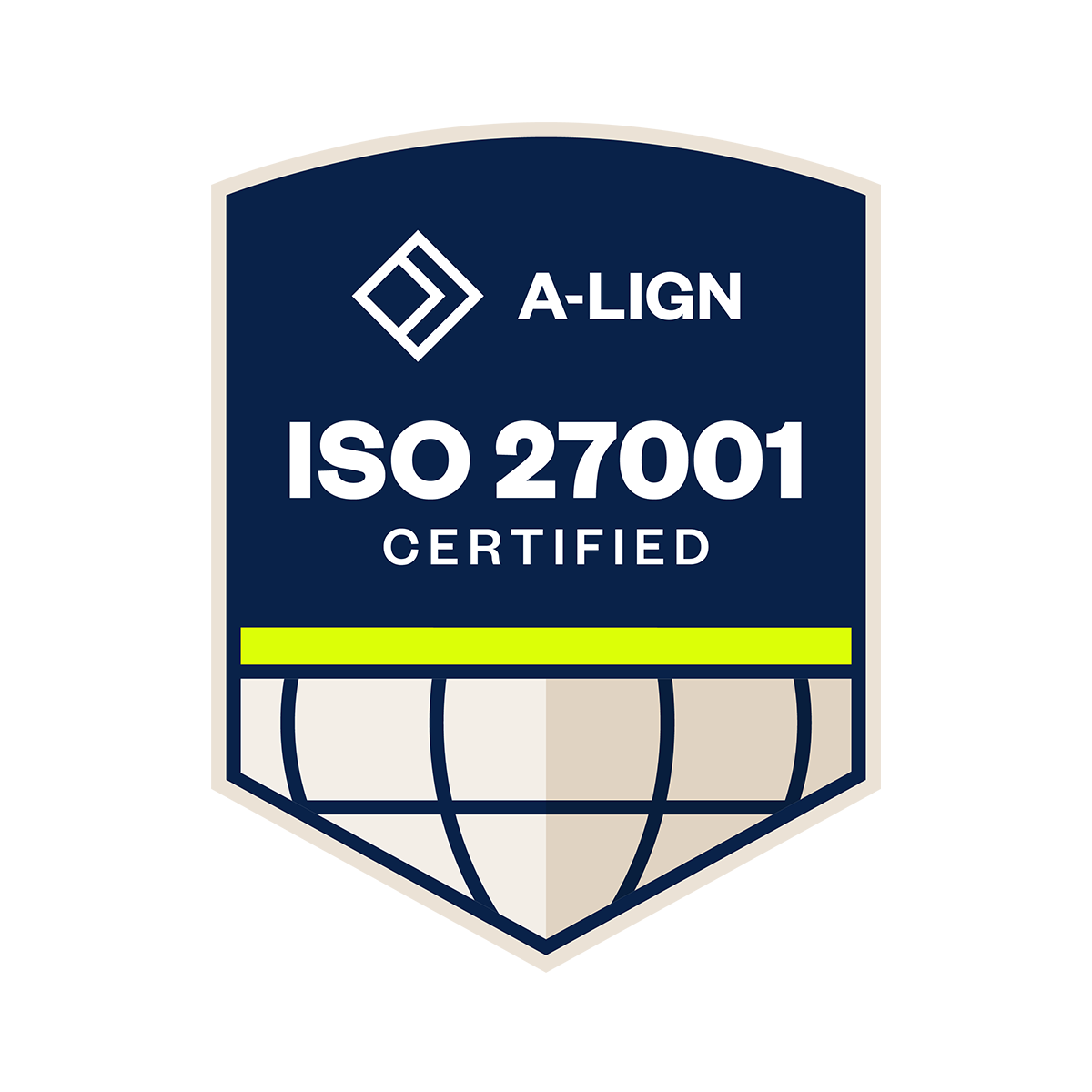Unpredictable and extreme weather patterns are disrupting healthcare across the U.S. From heatwaves to unexpected tornadoes and flash flooding in inland regions, these anomalies are testing the limits of traditional hospital emergency plans.
The unpredictability of these events, coupled with historic extremes, amplify the urgency of bolstered planning; the BD plant disruption due to hurricanes, or Boston’s record-breaking triple-digit heat wave in 2024, exemplify how planning needs to shift to meet new expectations.
We’re well into the lifespan of these new weather patterns, and healthcare leaders must act now to stem the impact. The new norms ask even more of emergency managers and planners across healthcare, and flexible digital solutions are the only way to keep up.
Hospitals Must Adjust to Unpredictable Weather
Weather oddities are becoming the new norm across the United States. Tornadoes are touching down far from their traditional paths. Heatwaves are pushing temperatures well above seasonal norms. Flash floods are threatening inland communities. These are new patterns driven by rapidly changing environmental conditions, and they all pose serious risks to the delivery of healthcare services.
Hospitals and healthcare systems have to play a new game. Facilities once outside the reach of tornado zones are now evaluating shelter-in-place procedures. Urban hospitals are seeing more patients with heat-related illness. Inland medical centers are contending with flooding once reserved for coastal cities. It’s clear that emergency preparedness programs need to adapt to a new set of conditions.
Data still stands tall against the uncertainty of changing weather patterns, and it’s the best tool available for the new ruleset healthcare faces. The right eye can pull out patterns, and use those trends to get ahead. Organizations must embrace a more flexible, data-driven approach to planning.
Tornadoes in Unexpected Places: What Hospitals Must Do
The classic image of Tornado Alley points to Oklahoma and Kansas, but 2024 data suggests that tornado activity may be moving east.
The consequences are immediate for hospitals in these regions. Facilities must establish and maintain tornado-safe areas, update their hazard vulnerability assessments (HVAs), and implement staff-wide tornado protocols. These systems must be actionable and coordinated.
It all starts with planning for a new scenario. Emergency managers should script specific notifications for tornado conditions, then plan at a high level for such an event. Next is to get department managers and heads to plan for this specific scenario by identifying key vulnerabilities, essential functions, and a strong path to recovery.
Centralizing all of these communications and plans simplifies the flow, and helps keep your organization in lock-step through both planning and response. A program should also integrate with existing weather monitoring services to ensure everyone acts from a single point of truth.
Veoci allows hospitals to build out tornado-specific workflows, activate notifications as storms develop, and track readiness across all departments. It also centralizes communications, so no matter how fast a storm develops, your team is in sync. Veoci’s integration with alert systems like the National Weather Service (NWS) allows hospitals to automate critical actions and communication the moment a severe weather alert is issued—giving staff vital time to act.
Heatwaves Are Escalating Patient Risk and Operational Stress
The summer of 2023 and 2024 broke heat records across the country, and 2025 is projected to be even hotter. For healthcare providers, the impact is two-fold: a potential surge in patients suffering from heat-related illnesses and the stress extreme temperatures place on infrastructure and staff.
Emergency departments are often overwhelmed during heatwaves, with vulnerable populations, like the elderly and chronically ill, at greatest risk. Hospitals need contingency plans for high patient volume, especially when local cooling centers overflow. In parallel, HVAC systems, backup generators, and staff fatigue become mission-critical concerns.
What makes plans effective are the back-of-the-house operations that build them up. Integrations funnel in real-time data keep staff ready for sudden surges from occupied centers. Consistent inspection processes and preventative maintenance ensure critical and fallback systems are available. And an accessible, easy-to-use platform enables staff to communicate with leadership and managers about their ability to work.
Veoci enables emergency managers to activate and track heatwave protocols, monitor surge capacity, and maintain open communication with utility providers and city emergency offices. By digitizing heat response plans, healthcare facilities can stay one step ahead of the heat. This includes empowering Facilities Managers to respond quickly through Veoci’s work order management tools, ensuring cooling infrastructure remains operational when it matters most.
Flooding Is No Longer a Coastal Problem
Inland cities such as St. Louis, Nashville, and parts of Pennsylvania are seeing historically rare rainfall events with increasing regularity. Floodwaters can knock out power, inundate lower-level facilities, and disrupt ambulance routes, directly threatening patient care. Flooded generators, blocked access roads, and submerged storage rooms are no longer “worst-case” scenarios—they are becoming common headlines.
Hospitals must dust off their emergency systems, map out alternative patient transport routes, and practice evacuation plans. GIS is the perfect technology for these items, enabling hospitals and other care facilities to visualize data and build more awareness across their organizations.
Veoci allows hospitals to simulate flood events with real-time geographic information system (GIS) data—a powerful tool that overlays flood threat zones, infrastructure layouts, and live sensor data to guide healthcare infrastructure planning. During an actual emergency, hospitals can use Veoci to track the status of departments, systems, and staff in real-time.
The Cost of Waiting: Why Hospitals Must Act Now
When extreme weather strikes, every second matters. Delayed reactions can compromise care delivery, endanger patients and staff, and cause irreparable harm to hospital infrastructure. And worse: hospitals may find themselves unable to provide the care their patients and communities urgently need.
Yes, regulatory compliance, especially with CMS guidelines, is important. But when lives are on the line, checklists and protocols are only part of the picture. Real emergency response demands flexibility, creativity, and clear communication under pressure. That’s where Veoci shines.
Veoci helps hospitals digitize and organize their CMS-compliant Emergency Operations Plans (EOPs), but more importantly, it enables teams to adapt those plans on the fly—because real events rarely unfold as written. During a crisis, Veoci becomes the backbone of hospital operations: launching mass communication, tracking actions in real-time, supporting coordination across departments, and helping leaders make fast, informed decisions.
Preparedness today isn’t about paperwork—it’s about empowering people to act when it matters most. Veoci is built for both: the standards you must meet, and the improvisation real care requires.
Download our white paper: Checking All the Boxes of the CMS Guidelines for Healthcare
Hospitals Already Leading with Veoci
Children’s Hospital of Orange County (CHOC): Coordinated Pediatric Preparedness
Children’s Hospital of Orange County partnered with Veoci to strengthen emergency preparedness for pediatric care, building workflows and tools tailored to the unique needs of their patients and staff. From real-time coordination to digital documentation and communication, CHOC’s use of Veoci supports a responsive and organized approach to both routine operations and crisis events.
Hear directly from CHOC’s team in our joint webinar: Watch the Veoci Webinar with CHOC
NewYork-Presbyterian: Unified Emergency Response
By using Veoci as its virtual emergency operations center, NYP has centralized its storm response protocols. During Tropical Storm Ophelia, they managed patient movement, inter-hospital communications, and departmental updates seamlessly.
Hear directly from the NewYork-Presbyterian team in our joint webinar: Watch the Veoci Webinar with NewYork-Presbyterian
Memorial Hermann: Building a Culture of Preparedness
Located in flood-prone Houston, Memorial Hermann uses Veoci to train staff, run regular drills, and reinforce their emergency response culture. Their proactive approach has helped them maintain operations during hurricanes and flooding events.
Hear directly from the Memorial Hermann team in our joint webinar: Watch the Veoci Webinar with Memorial Hermann
Prepare for Tomorrow’s Weather, Today
Unusual and extreme weather events are no longer rare—they’re shaping how hospitals operate on a daily basis. Preparedness plans built decades ago often fall short in the face of today’s realities. Tornadoes are touching down in new regions, heatwaves are straining infrastructure, and floods are breaching areas once considered safe.
Veoci equips hospitals with the tools to meet these evolving challenges head-on. With dynamic workflows, real-time alert systems, GIS-enabled dashboards, and compliance tracking, our platform ensures healthcare systems can adapt quickly and maintain continuity of care, no matter what the forecast brings.








